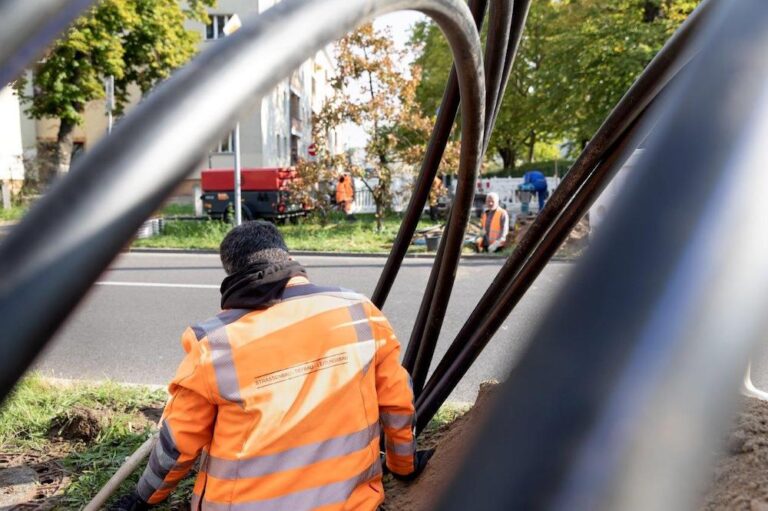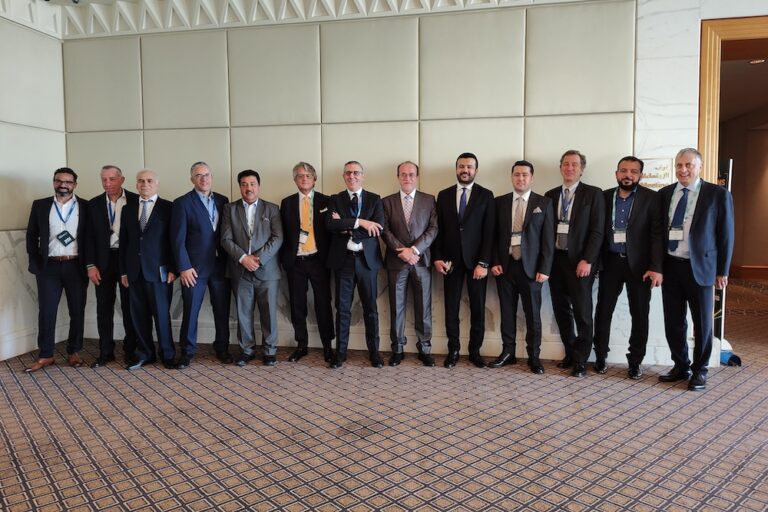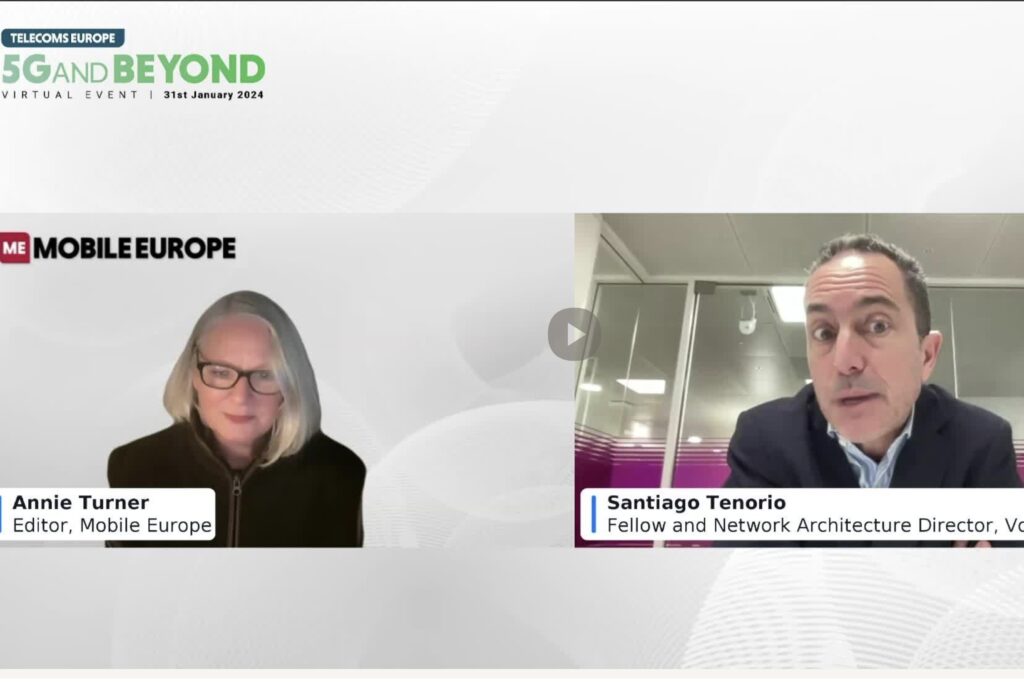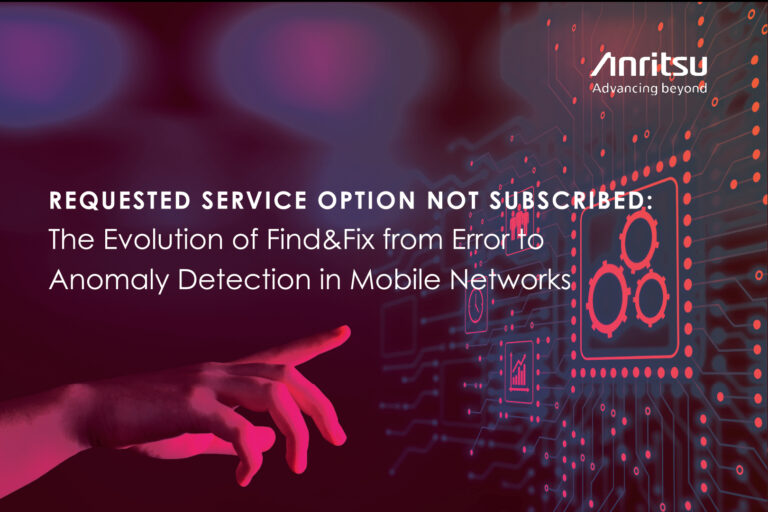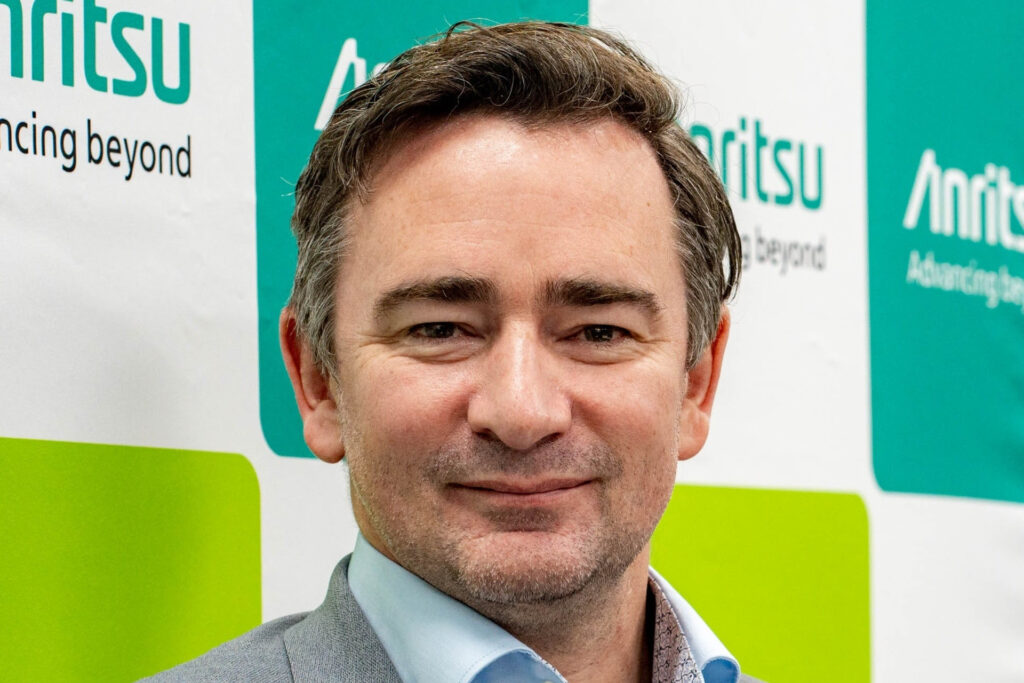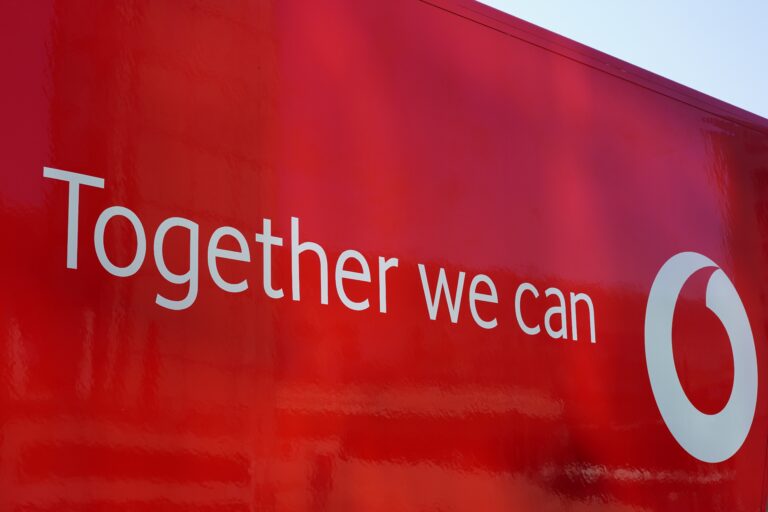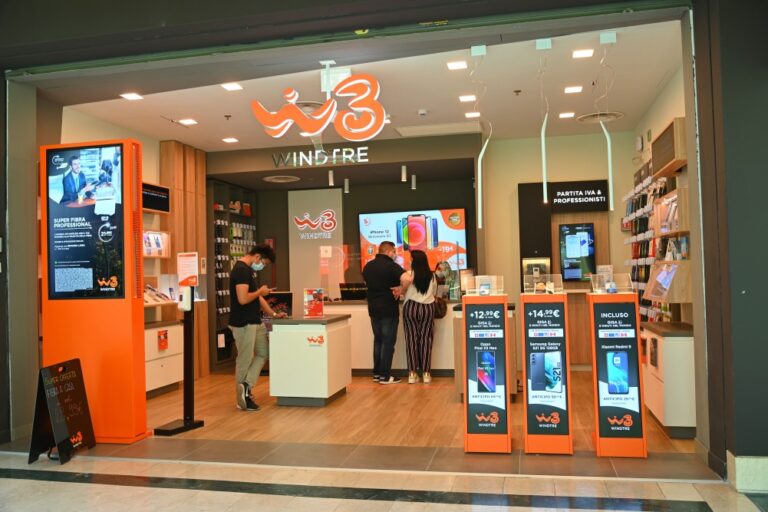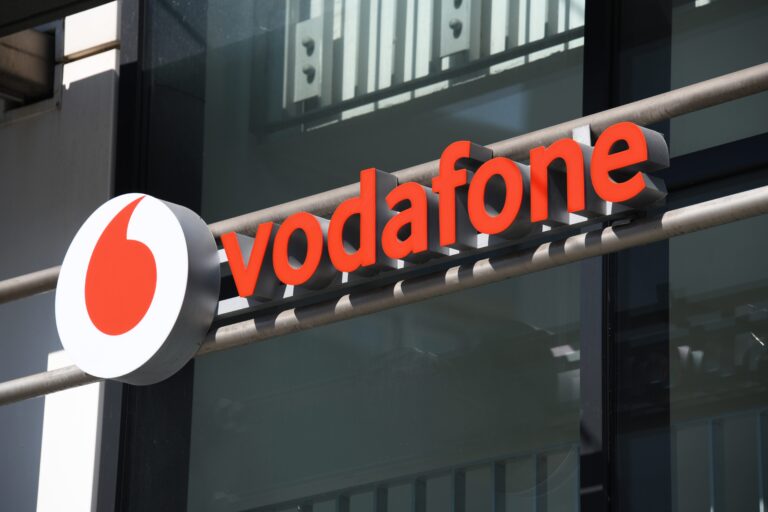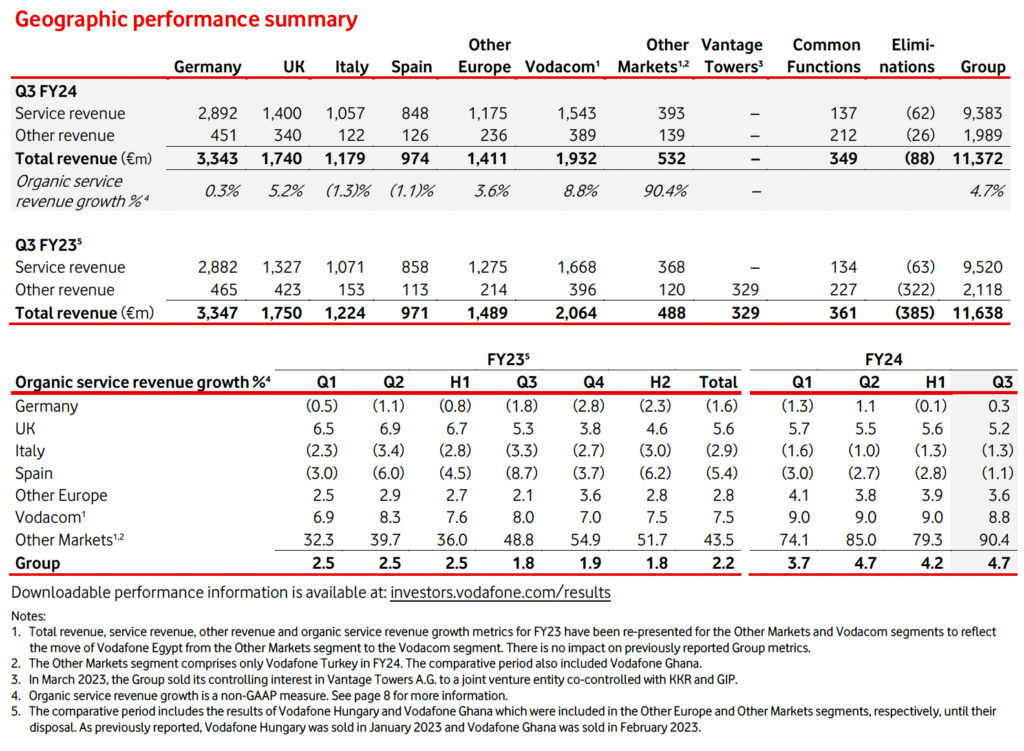Developers will have access to the operators’ networks in Spain from anywhere in the world via the Number Verification and SIM Swap APIs
Three of Spain’s mobile operators – Orange, Telefonica and Vodafone – are to launch two API-based services. They are designed to help developers tackle online fraud and protect customers’ digital identities. They will be made available at Mobile World Congress (MWC).
Their launch is part of the global GSMA Open Gateway initiative. The services are intended to improve digital security via the Number Verification and SIM Swap APIs. There is more information about the two APIs here.
GSMA Open Gateway APIs are defined, developed, and published in CAMARA, the open-source project for developers to access network capabilities. It is run by the Linux Foundation in partnership with TM Forum.
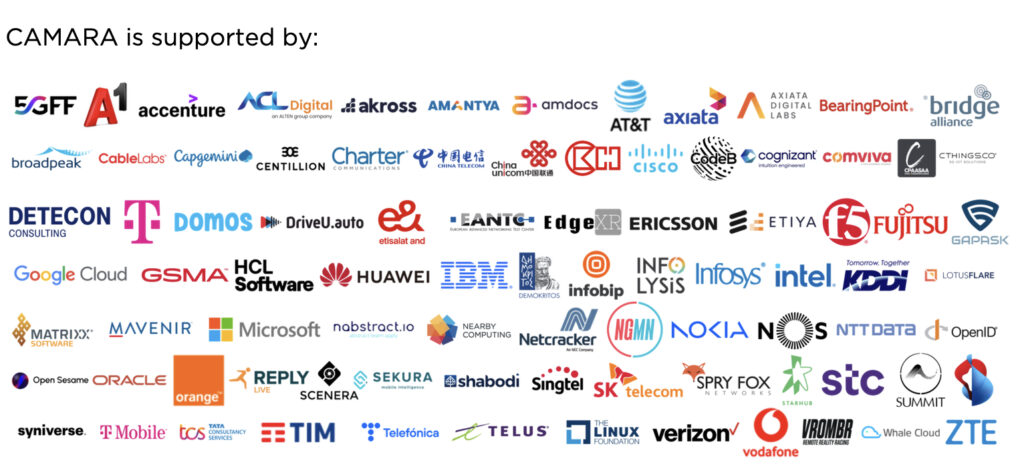
These APIs will allow third parties to create layers of customer authentication, verification and security within mobile phone networks. This will help businesses, such as financial institutions and online retailers, reduce identity fraud.
Fighting crime
The latest figures from Spain’s Interior Minister show reported cases of cybercrime increased by 72% in 2022 compared to 2019. Almost 90% were related to online fraud. Cybercrime accounts for around a fifth of all offences registered in the country.
The Spanish mobile industry expects the announcement to accelerate the growth of digital services and apps, by ensuring they integrate seamlessly with national mobile networks, as well as hundreds of others around the world. As part of the GSMA Open Gateway initiative, these APIs will be locally and globally federated, meaning that as well as Spain’s mobile customers, developers can also reach new customers outside of Spain as the initiative grows.
Spain’s GSMA Open Gateway ecosystem expects partners such as Microsoft, Vonage and Infobip to make their first CAMARA APIs available later this year.
GSMA Open Gateway
The GSMA Open Gateway initiative was launched at MWC 2023. Its purpose is to change how the global telecoms industry designs mobile apps and accelerate their time to market through network APIs. Some 42 mobile operator groups worldwide, representing 237 mobile networks and 65% of global connections, are participating in the initiative.
The new Number Verification and SIM Swap services should make online authentication simpler and faster for online customers. This is because mobile applications, cloud services and connectivity networks will all be accessible through the APIs.
GSMA Open Gateway is a common and open framework between operators to make it easier for developers and cloud providers to build safer apps and services that communicate with each other.
The import of Spanish steps
Juan Reyero Montes, Enterprise Marketing Director, Orange Spain, commented, “This represents an important step for Orange on the path to…simple, developer-friendly APIs with an initial commercial availability at this scale…Developers can engage with Orange and test all new APIs via the Orange Developer portal to explore new use cases leveraging network capabilities and bringing innovation towards the end user.”
Javier Pascual Izquierdo, B2B Marketing, Presales and Deployment Director at Telefonica de España said, “Open Gateway is a major innovation in the telecommunications sector, that enables the transformation of communication networks into programmable digital platforms through global and standardized APIs.
“Operators want to create an increasingly safe and secure environment that benefits the whole of Spanish society, from startups to large companies. Telefónica is confident that Open Gateway will be an essential tool for the digital revolution, and that it will have particular potential for identity validation and fraud prevention.”
Johanna Wood, Head of Developer Strategy at Vodafone Group, said: “Developers play a key part in the acceleration of innovative digital services within a scaled ecosystem between network operators and enterprises.”



